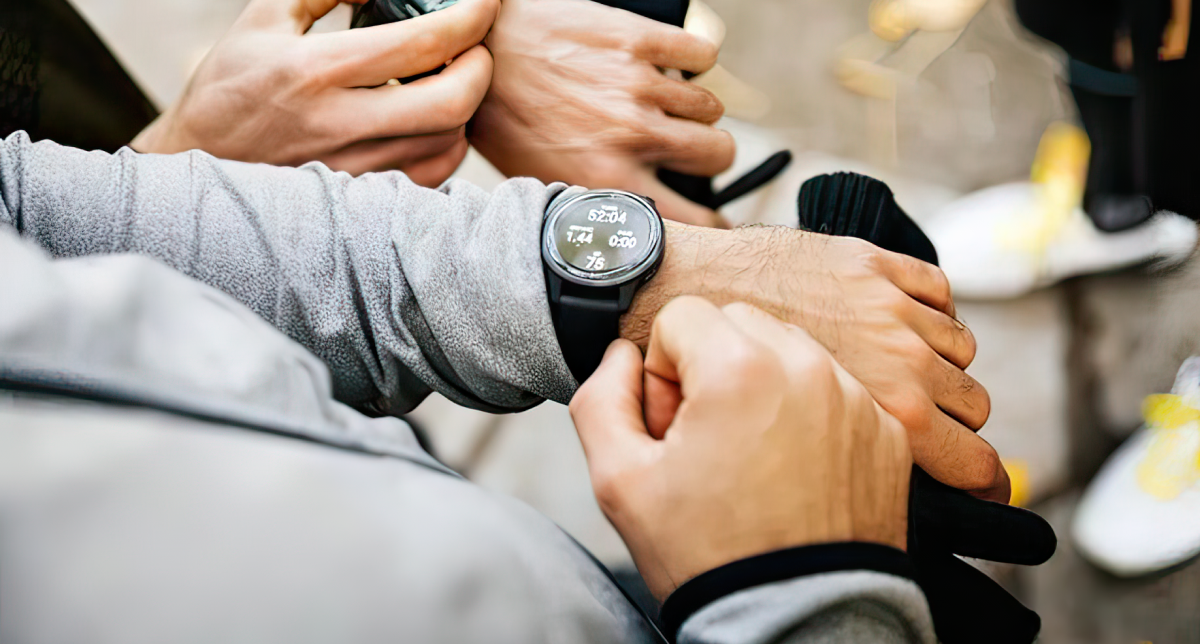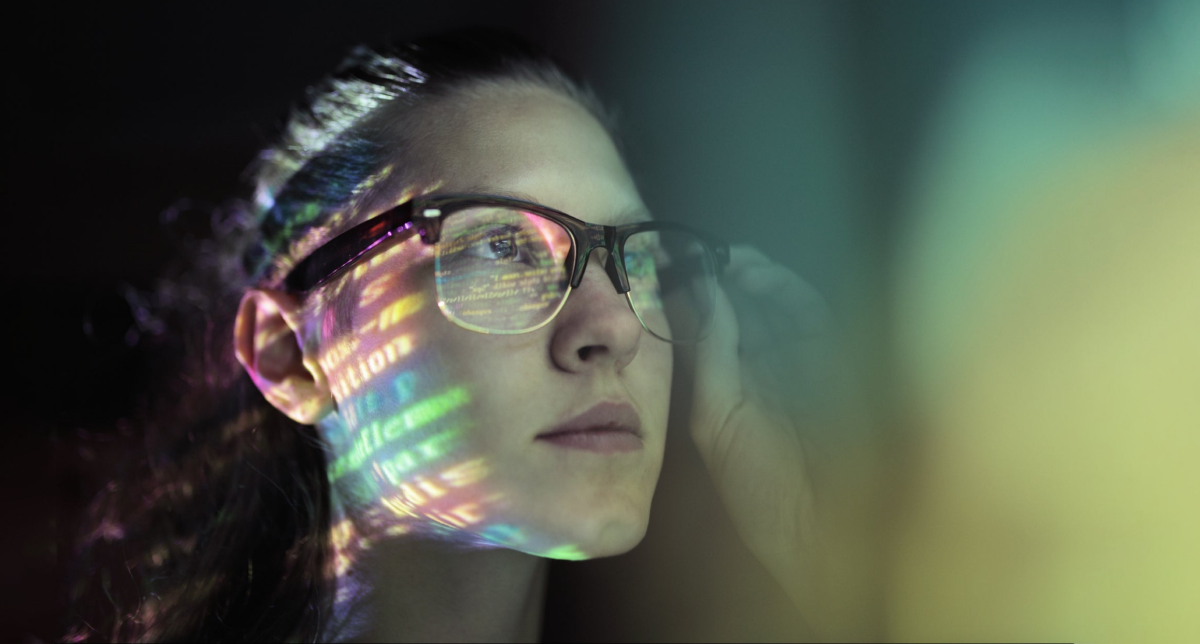Imagine you could receive treatment for a medical condition before ever experiencing symptoms.
Imagine if wearable technology could detect changes in your body’s systems—heart rate variability, blood pressure, sleep quality, oxygen levels—and alert you if something was out of the ordinary. Or better yet—imagine your doctor had access to this real-time health data and could proactively order tests when something seemed amiss, without requiring you to even step foot in the office.
Now that we’re on a roll, let’s take it one step further. Imagine patients had reputable medical resources to turn to when researching a condition or medication—a trustworthy alternative to “Dr. Google.” And that trustworthy partner could also support them post-diagnosis by proactively identifying factors that make it difficult for them to take their medication and providing the necessary support to enhance their healthcare journey.
In my latest Forbes article, I discuss how this type of future is possible— and how in fact, in many ways, it’s already here. Just like the technology to build self-driving cars reached maturity long before Tesla came onto the scene, the building blocks for this type of proactive and interconnected healthcare system exist thanks, in large part, to Apple.


